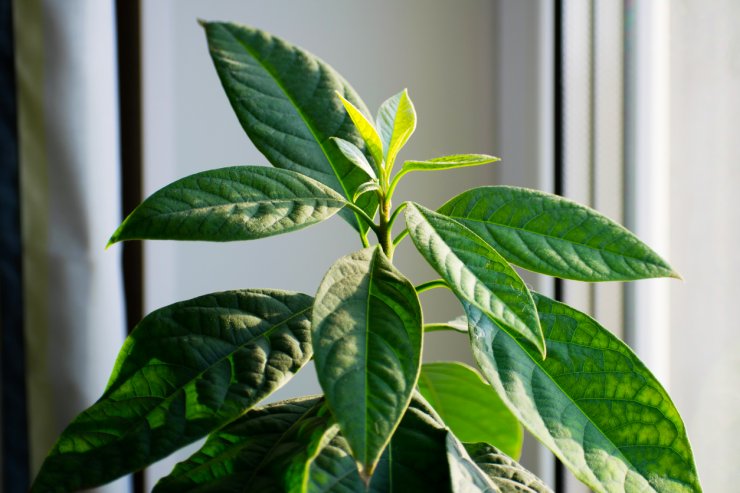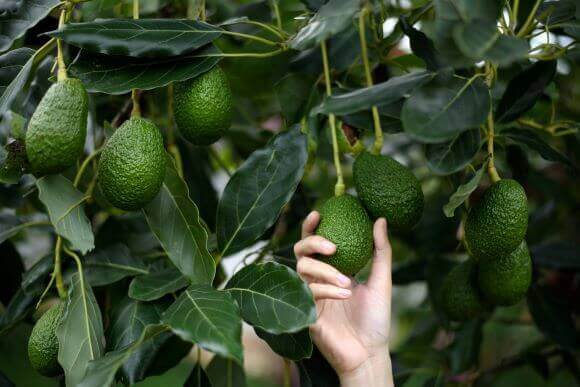
I have a friend who spent five years wondering if her backyard avocado tree was just ornamental. Despite its lush canopy and impressive height, it refused to produce a single fruit. As a seasoned gardener and hobbyist in plant biology, this felt like a personal challenge to help her. After countless hours of research, experimentation, and consulting with other avocado growers, I finally cracked the code. Now her once-stubborn tree produces over 200 avocados annually. If you’re facing similar frustrations, let’s dive into the science behind avocado fruit production and the practical solutions that can help.
The Hidden Requirements for Avocado Fruiting
Many gardeners don’t realize that avocados have some of the most complex flowering behaviors in the fruit tree world. Each flower opens twice – first as female, then as male – but never in both forms at the same time. This botanical quirk, called protogynous dichogamy, means a single tree often can’t pollinate itself effectively. The solution isn’t always as simple as planting another tree, though. You need compatible varieties that flower at complementary times, and they need to be within about 100 feet of each other for reliable cross-pollination.
Temperature also plays a crucial role in fruit set. Avocado flowers are incredibly sensitive to temperature fluctuations. The sweet spot is between 65°F and 75°F during the day, with nighttime temperatures above 55°F. Even a few hours outside this range during flowering can cause massive flower drop. This is why you might see thousands of flowers but end up with only a handful of fruit – or none at all.
The tree’s age is another factor that often surprises people. Most grafted avocado trees need 3-5 years before they start producing fruit, while trees grown from pits can take 8-15 years. If your tree is younger than this, patience might be your best strategy. During this waiting period, focus on building healthy root systems and strong branch structures through proper pruning and fertilization.

Practical Solutions for Better Harvests
The first step in improving fruit production is identifying whether you have a Type A or Type B avocado variety. This classification determines when your tree’s flowers open as male or female throughout the day. For example, Hass (Type A) and Fuerte (Type B) are excellent companion plants because their flowering patterns complement each other perfectly. If space is limited, you can even graft a compatible variety onto your existing tree.
Nutrition plays a more significant role than many realize. Avocados are heavy feeders, particularly when it comes to zinc and boron – two micronutrients crucial for flower development and fruit set. A soil test can reveal deficiencies, but I’ve found that most avocado trees benefit from a balanced fertilizer (like 6-6-6) applied quarterly, plus a zinc/boron foliar spray during the flowering period.
Water stress is another common culprit behind poor fruiting. Avocados have shallow root systems and need consistently moist (but not waterlogged) soil. Install a soil moisture meter and aim to keep the reading between 20-40%. Mulching with a 4-inch layer of wood chips can help maintain consistent moisture levels while slowly releasing nutrients as the mulch breaks down.
If your tree only produces a few fruit, these methods can definitely increase yield, but there’s one more secret weapon: manual pollination. During flowering season, use a small paintbrush to transfer pollen between flowers in the morning and afternoon when they’re in different phases. This technique alone doubled her fruit set the first year she tried it.
However, sometimes you need to know when to start over. If your tree shows signs of root rot (Phytophthora) – such as yellowing leaves, branch dieback, and dark, mushy roots – it’s usually best to remove the tree and replant in a different location with better drainage. Similarly, if a tree hasn’t produced any fruit after implementing these solutions for two full growing seasons and it’s well past the juvenile phase, considering starting fresh with a grafted tree might be your best option.
One of the most reliable ways to measure success is by keeping detailed records. Track your flowering dates, fertilizer applications, moisture levels, and fruit set rates. Photos can be beneficial in documenting progress. Look for increased flower retention (fewer dropped flowers under the tree), stronger flush growth, and, ultimately, more fruit set. A healthy, mature avocado tree should produce at least 100 fruits annually under optimal conditions.
Ready to master avocado growing? Our comprehensive Avocado Gardening Guide takes you beyond troubleshooting and into mastery. Whether you’re starting your first avocado tree or looking to optimize your existing grove, this guide covers everything from seed selection to harvest techniques. You’ll learn the precise science behind successful pollination, discover growing tips, and get light and water requirements that take the guesswork out of avocado cultivation!
I’d love to hear about your avocado-growing adventures. What challenges have you faced with your trees? Have you found any unique solutions that worked in your climate? Share your experiences in the comments below – there’s always more to learn from fellow gardeners, and your insights could help others overcome similar challenges.


 Previous
Previous

